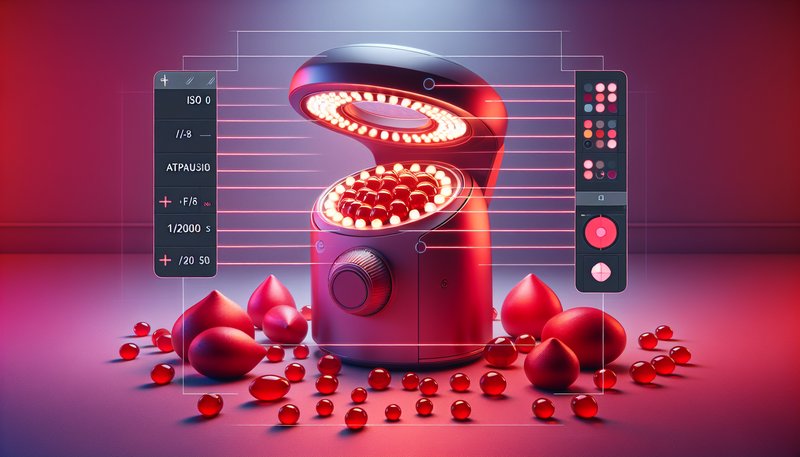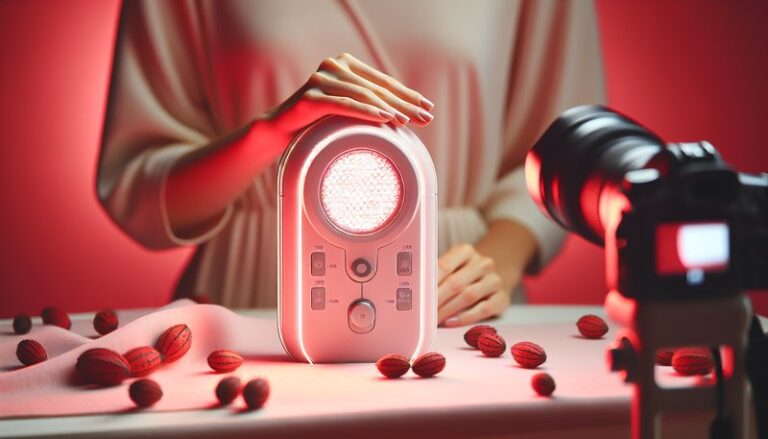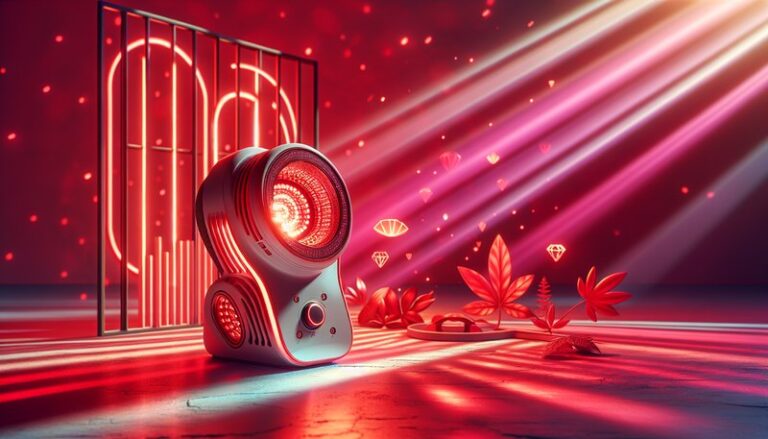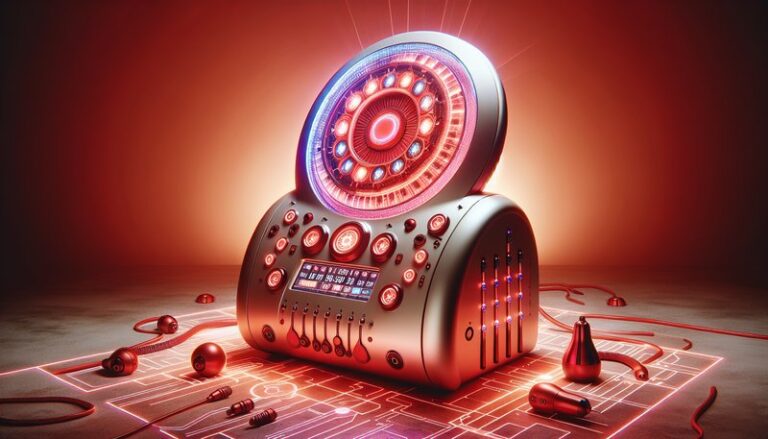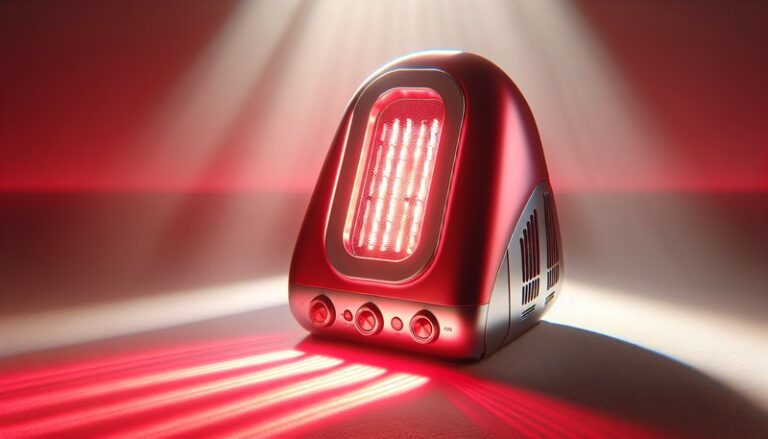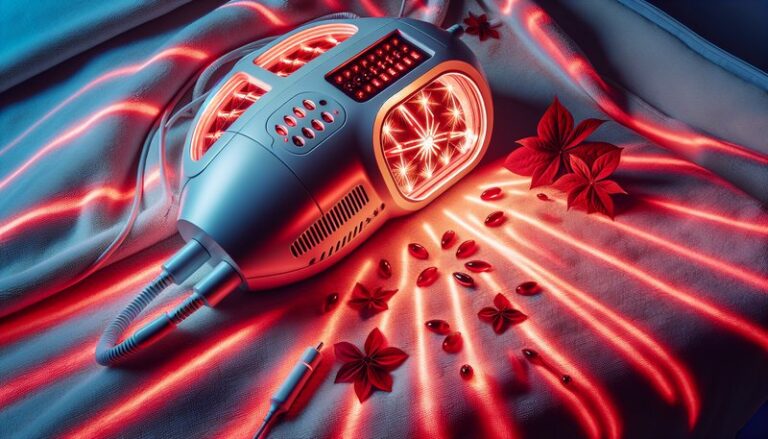How Long Do You Do Red Light Therapy?
Ever wondered how long you should engage in red light therapy to achieve optimal results?
This article will explore the duration of red light therapy sessions, the science behind this treatment, its benefits, considerations, and alternatives, all aimed at helping you make informed decisions if you’re considering incorporating it into your wellness routine.
Key Takeaways
- Red light therapy sessions typically last between 10 to 30 minutes, depending on the treatment area and device used.
- Consistent weekly sessions are recommended for best results, often 2-3 times a week.
- Individual responses may vary, so it’s essential to monitor progress and adjust accordingly.
What is Red Light Therapy?
Red light therapy (RLT) is a non-invasive treatment that uses low-level wavelengths of red light to penetrate the skin, promoting healing and various biological functions. Initially used by NASA to help heal wounds in space, RLT has gained popularity in recent years for its potential to treat a variety of conditions, ranging from skin issues to muscle recovery.
The primary mechanism by which red light therapy works involves stimulating the mitochondria in cells, which are the energy powerhouses of the cell. When exposed to red light, these mitochondria can produce more adenosine triphosphate (ATP), enhancing cellular energy and function.
What are the Benefits of Red Light Therapy?
Utilizing red light therapy has garnered attention for its numerous benefits. Below are some of the most significant advantages.
Promotes Skin Health
Red light therapy can enhance collagen production, making it effective for reducing signs of aging, such as fine lines, wrinkles, and sun damage. Many people report improved skin texture and elasticity after consistent use.
Accelerates Healing
RLT has been shown to promote faster healing of wounds and injuries, particularly by reducing inflammation and enhancing blood circulation in the affected areas. This makes it a popular option for athletes recovering from injuries.
Relieves Pain
Many users have found relief from chronic pain conditions, such as arthritis or headaches. The anti-inflammatory effects of RLT can aid in pain management by alleviating discomfort in targeted areas.
Improves Mood and Sleep
Emerging research suggests that RLT may help improve mood and regulate sleep patterns. By positively affecting melatonin production, it can contribute to better sleep quality.
Is it Possible to Overdo Red Light Therapy?
Engaging in red light therapy is generally considered safe; however, overdoing it can occur. It’s essential to follow recommended guidelines to prevent adverse effects.
What are the Advantages of Limiting Duration?
By adhering to recommended durations and frequencies, one can maximize benefits while minimizing potential overexposure effects, such as skin irritation.
What are the Disadvantages of Overdoing Red Light Therapy?
Extended exposure or excessive sessions might result in minimal negative effects, such as skin sensitivity or irritation. Always monitor your body’s response to the therapy.
Discover the story in Benefits of Red Light Therapy
What are the Things to Consider Before Starting Red Light Therapy?
Before diving into red light therapy, there are several factors to consider for a personalized experience.
Skin Type and Sensitivity
Understanding your skin type is crucial, as those with certain conditions may require adjustments in lighting, duration, and intensity of treatment.
Medical Conditions
Consult with a healthcare provider if you have existing medical conditions, as certain health issues might affect how your body responds to red light therapy.
Learn the secrets in Red Light Therapy Frequency
Device Quality and Specifications
The efficacy of red light therapy largely depends on the quality of the device used. Always opt for FDA-approved devices and consider the wavelength and intensity for desired results.
What are the Alternatives to Red Light Therapy?
While red light therapy offers many benefits, several alternatives are available for those seeking similar outcomes.
Cold Laser Therapy
Cold or low-level laser therapy also stimulates cellular activity and is used for pain relief and wound healing, providing a non-invasive treatment option.
Infrared Sauna
Infrared saunas utilize heat to promote muscle relaxation, detoxification, and improved circulation, acting as a beneficial alternative for those looking for a holistic wellness approach.
LED Light Masks
For skincare enthusiasts, LED masks provide targeted light therapy to improve skin health, reduce acne, and address signs of aging, similar to red light therapy but focused on facial use.
Conclusion: Is it Recommended to Engage in Red Light Therapy?
Red light therapy presents a promising avenue for various health benefits, particularly for skin health, pain relief, and overall well-being. While typical session durations range from 10 to 30 minutes, individual preference and response may dictate your specific approach. Always consider consulting healthcare professionals and monitoring your body’s reactions to achieve the best personal outcomes.
Frequently Asked Questions
How often should I use red light therapy?
Most recommendations suggest 2-3 sessions per week to start, with adjustments made based on individual response and progress.
Can I use red light therapy for hair loss?
Yes, many individuals report positive results for hair regrowth using red light therapy, particularly for androgenetic alopecia.
Is red light therapy safe for all skin types?
Generally, red light therapy is safe, but individuals with skin conditions or heightened sensitivity should consult a healthcare provider before beginning treatment.
How long does it take to see results from red light therapy?
Most people may notice initial improvements within a few weeks, but significant results can take one to three months, depending on the treatment area and frequency of use.
